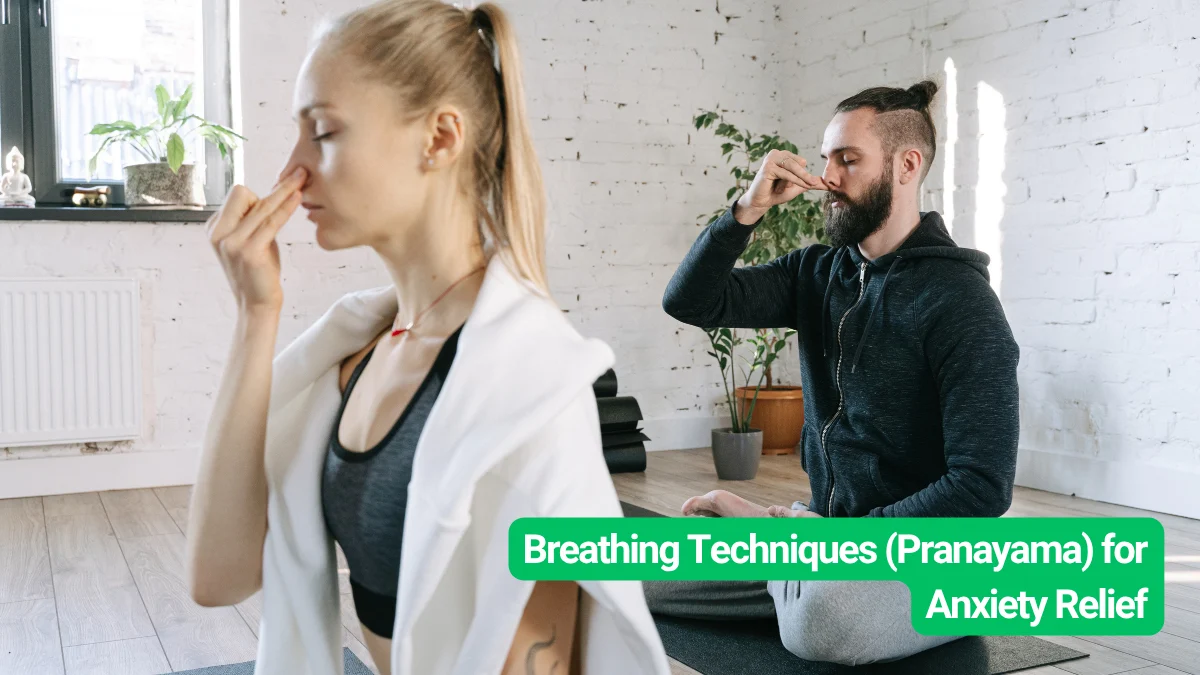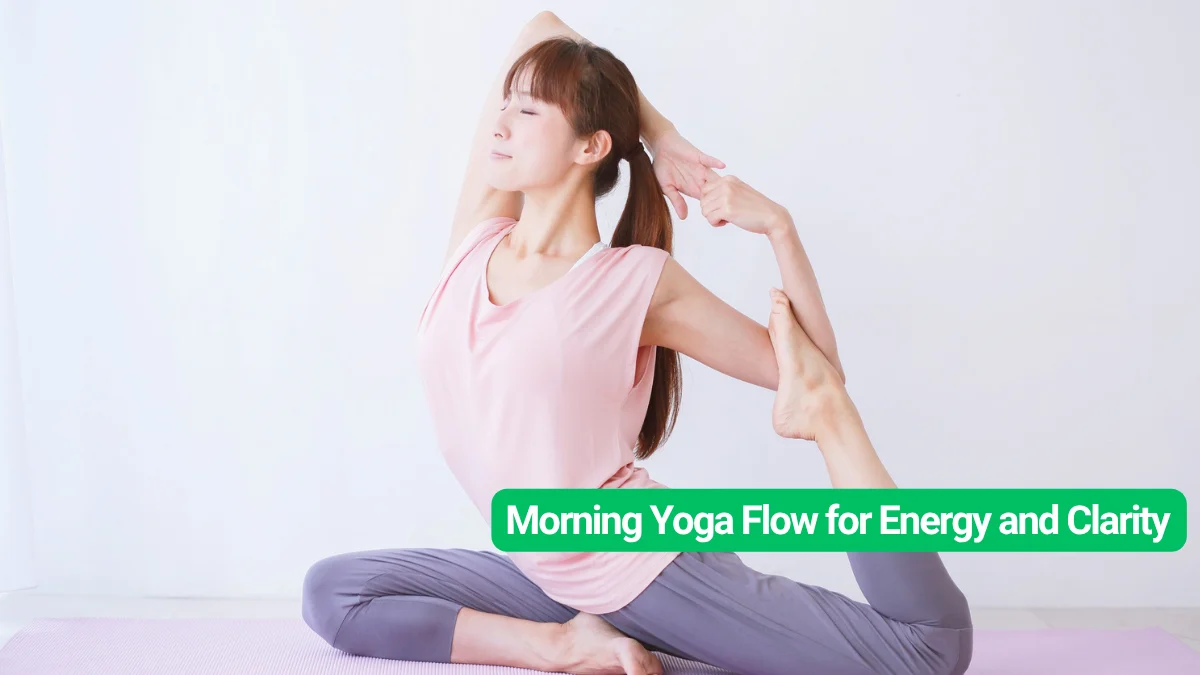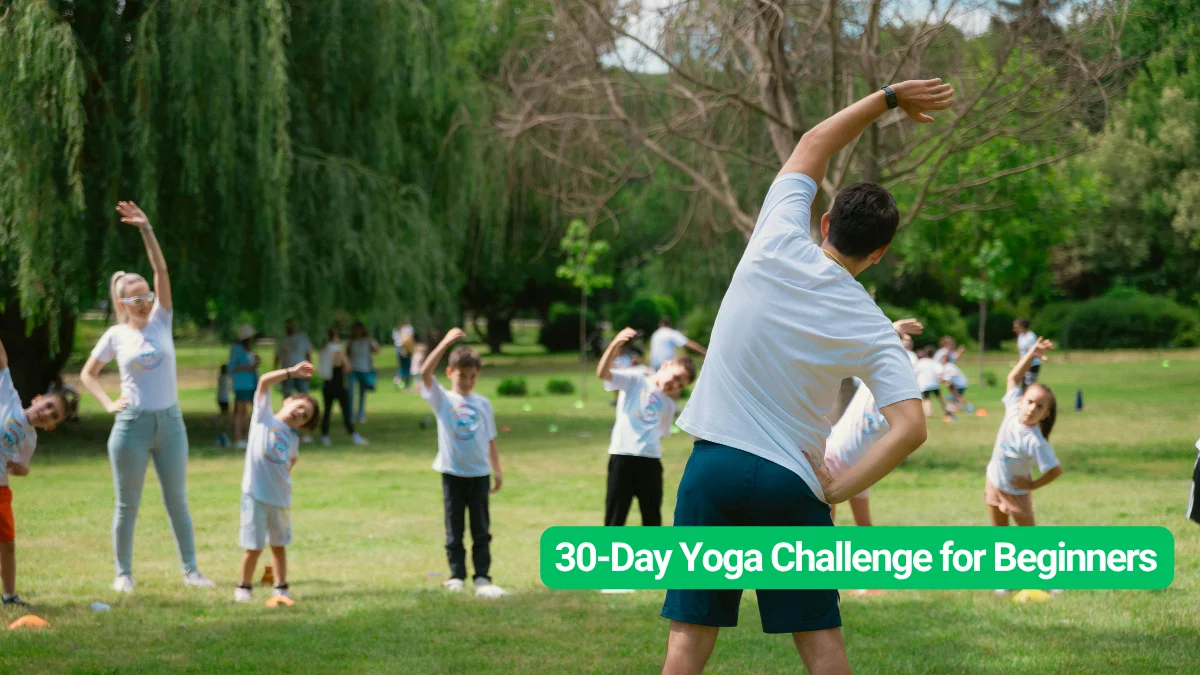A calm mind and a relaxed body make it easier to fall asleep, yet many people still turn in bed for hours. A simple bedtime yoga routine can support better rest by easing tension, slowing the mind, and preparing the body for a peaceful night. Gentle movements and steady breathing help release the pressure gathered through the day, making sleep feel more natural instead of forced.
Key Takeaways Bedtime Yoga For Stress
- Slow yoga movements support better relaxation before sleep.
- Breathing combined with simple stretches helps reduce stress.
- Certain poses help relax the lower back, hips, and chest.
- Too many stimulating poses may disturb sleep.
- A steady bedtime routine supports long-term sleep quality.
Why Bedtime Yoga Helps
Yoga brings together breath, mindful movement, and stillness. These parts work well at night because they shift the body toward rest. Studies show that gentle yoga can improve sleep quality, reduce night-time wakefulness, and help people fall asleep faster.
Slow movements also build awareness of how the body feels, helping release tension that often goes unnoticed until bedtime. When this awareness becomes part of daily routine, it supports both mental well-being and physical comfort.
Supports Relaxation
Breathing slowly during yoga guides the body into a more restful state. This helps lower stress levels and makes it easier to stop thinking about the day’s pressure. A calm mind is one of the most important foundations for good sleep.
Improves Mind-Body Balance
Yoga before bed helps connect movements with breath, which builds a soft rhythm. This rhythm relaxes the nervous system and improves how the body handles stress.
Listicle: 5 Bedtime Yoga Poses That Reduce Stress
- Child’s pose
- Butterfly pose
- Legs-up-the-wall
- Cat-cow
- Happy baby
Child’s Pose
Child’s pose is a gentle resting position that stretches the lower back and hips. This pose releases pressure from the spine and helps the mind settle.
How to do it:
Kneel down with your knees slightly wide apart. Lower your torso toward your thighs. Place your arms forward with palms on the floor or beside your legs with palms facing up. Rest your forehead gently and breathe slowly for one to three minutes.
This pose supports calm breathing, reduces stress, and relaxes the shoulders and back. Many people find this pose helpful when they feel restless or anxious before sleep.
Butterfly Pose
The butterfly pose stretches the inner thighs and hips, areas where many people store physical tension.
How to do it:
Sit with your legs extended, then bring your heels toward your body and allow your knees to fall outward. Hold your feet with your hands and lengthen your spine. Stay in the pose for one to two minutes with deep breaths.
This pose supports relaxation by improving blood flow in the lower body and helping release tightness caused by long hours of sitting.
Legs-Up-the-Wall
This simple inverted pose helps blood return toward the heart and relaxes the body.
How to do it:
Sit close to a wall and lie back while sliding your legs upward. Keep your arms relaxed by your sides. Stay in this position for three to five minutes.
This pose reduces pressure in the lower back, supports circulation, and helps calm the nervous system. It is one of the most effective poses for ending the day.
Cat-Cow Sequence
Cat-cow creates a smooth flow that relaxes the spine and muscles around it.
How to do it:
Start on all fours. Inhale and move into cow pose by lifting your head and letting your stomach drop. Exhale and move into cat pose by rounding your back and tucking your chin. Repeat this flow several times.
This movement reduces stiffness in the back and improves breath flow, which makes the body more relaxed before bedtime.
Happy Baby
Happy baby helps release tension in the hips and lower back.
How to do it:
Lie on your back and pull your knees toward your chest. Hold your feet or ankles from the outside and gently pull your knees down toward the floor. You can stay still or move gently side to side.
This pose relaxes the groin and hips and helps the mind settle after a long day.
What Type of Yoga Is Best Before Bed
Gentle styles like restorative yoga, yin yoga, and slow hatha are the best choices at night. These styles use slow stretches and long holds that guide the body toward rest. They are not intense, and they do not raise heart rate.
Avoid poses that involve strong backbends, fast flows, or positions that require heavy strength because these can make the body more alert. Inversions like handstands or fast sequences can increase energy instead of lowering it.
Morning vs Evening Yoga
Yoga can be helpful at different times of the day, but the purpose changes. Morning yoga supports energy, improves focus, and sets a positive tone for the day. Evening yoga supports relaxation, reduces tension, and prepares the mind for rest.
Both are useful, but for sleep and stress relief, evening routines provide the most benefit.
How Bedtime Yoga Helps With Anxiety
Yoga triggers the body’s relaxation response. This response slows down stress signals and lowers pressure on the nervous system. Breathing slowly reduces tension in the chest, neck, and shoulders. The physical release improves mental calmness, making it easier to fall asleep without an anxious mind. Over time, a nightly routine helps build emotional stability and better sleep patterns.
Final Thoughts
A bedtime yoga routine is a simple and effective way to reduce stress and support better sleep. The gentle movements calm the body, and the steady breathing slows the mind. By including poses such as child’s pose, butterfly pose, legs-up-the-wall, cat-cow, and happy baby, you build a routine that relaxes both body and mind.
These poses do not require much effort, yet they offer meaningful benefits for sleep quality and overall well-being. When practiced consistently, bedtime yoga becomes a natural part of unwinding and creating a peaceful night.







